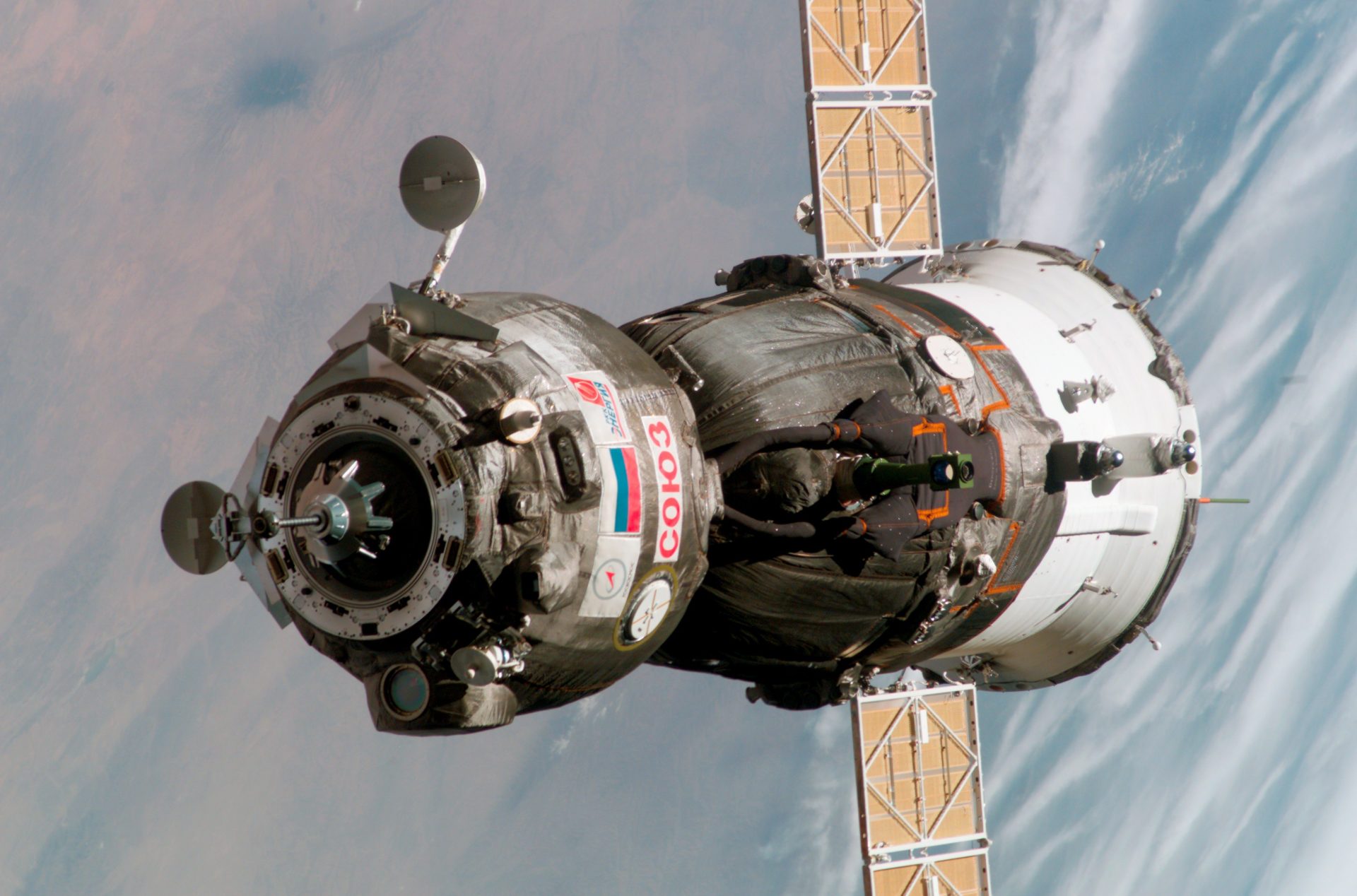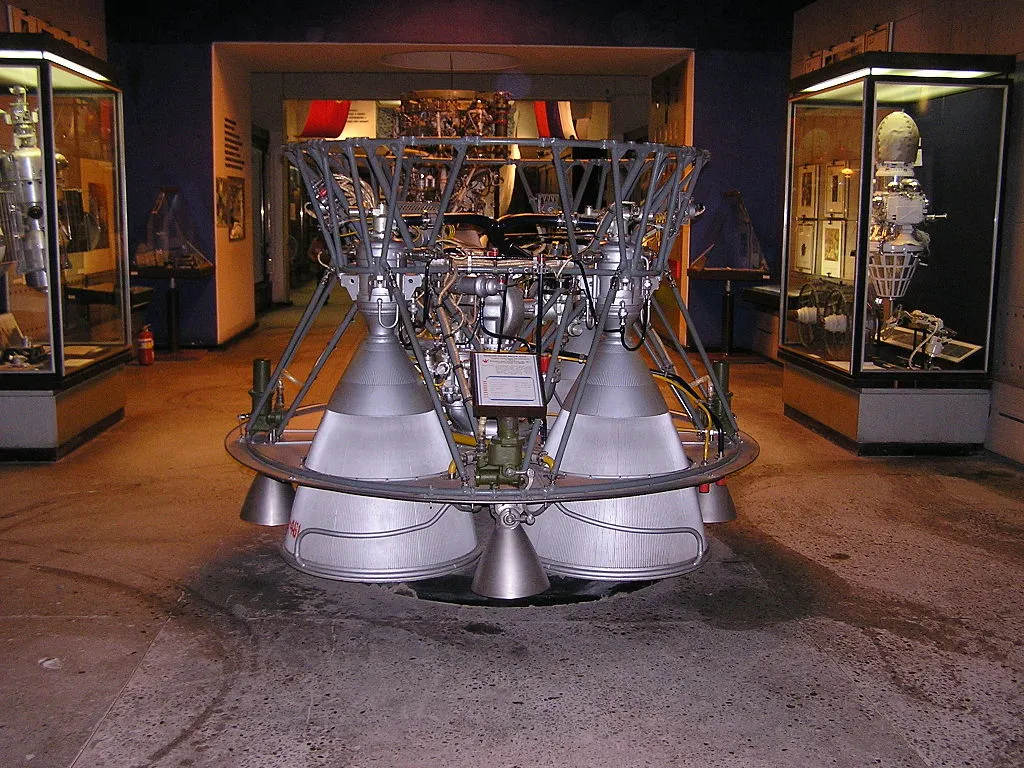ROSCOSMOS will be launching Progress MS-15 to the International Space Station. The capsule will be launched on a Soyuz 2.1a rocket from Launch Complex 31/6 in Baikonur Cosmodrome, Kazakhstan. Progress MS-15 will carry 700 kg of propellant for the ISS, 1,350 kg of dry cargo, food, and water for the Rodnik system.
Lift Off Time (Subject to change)July |
July 23, 2020 – 14:26 UTC |
|---|---|
Mission Name and what it is |
Progress MS-15 (76P), a cargo resupply mission to the International Space Station (ISS) |
Launch Provider (What rocket company is launching it?) |
ROSCOSMOS |
Customer (who’s paying for this?) |
ROSCOSMOS |
Rocket |
Soyuz-2.1a |
Launch Location |
Launch Complex 31/6, Baikonur Cosmodrome, Kazakhstan |
Payload mass |
Approximately 7020 kg (15480 lbs) |
Where’s the payload going? |
Low Earth Orbit (LEO), rendezvous with the ISS |
Will they be attempting to recover the first stage? |
No, the booster is expendable |
Where will the first stage land? |
The booster will crash into the steppes of Kazakhstan |
Will they be attempting to recover the fairing? |
No |
This will be the: |
|
Where to watch |
ROSCOSMOS live stream |
What is the Progress MS-15 mission?
ROSCOSMOS is sending an uncrewed Progress spacecraft to the International Space Station, to resupply it with fresh food, water, and other cargo. Amazingly, the ISS adjusted its orbit in order to receive this spacecraft! Its orbital altitude was raised by about 500 meters back on July 10 to allow the rendezvous happen.

What’s the Progress spacecraft?
Progress MS-15 is the latest flight of the automated, uncrewed version of the familiar Soyuz spacecraft that has been flying regularly since the 1960s. It launches on board the “Soyuz” (R7) rocket from the Baikonur cosmodrome in Kazakhstan. Progress features three modules as can be seen in the photograph above, in the same manner as the Soyuz crewed vehicles.
The Soyuz spacecraft has an upper orbital habitation module, a middle ascent and descent module, and a rear service module. In contrast to this, the Progress MS-15 spacecraft has an upper cargo module, a middle refueling module, and the same rear service module. The refueling module is used to assist with orbital boost operations on the International Space Station, to overcome the slight drag from the residual atmosphere at the height of 410 km (255 statute miles). Unlike Soyuz, the three modules on Progress are not capable of separating before re-entry and so the entire spacecraft burns up on reentry.
What about the Soyuz (R7) rocket?
Introduced in 1966, the Soyuz rocket has been the workhorse of the Soviet/Russian space program. Technically it should be called the R7 rather than Soyuz, but the English-speaking world refers to this rocket as Soyuz. The first launch of the Soyuz 2-1a version on November 8, 2004 from the Plesetsk Cosmodrome, and represented a major step in the Soyuz launch vehicle’s development program.
The Soyuz version currently being used for most satellite launches (as distinct from crewed capsules or cargo capsules to the ISS) is a four-stage launch vehicle, which consists of:
- four side boosters (first stage),
- a central core booster (second stage),
- a third (central) stage and
- the re-startable Fregat “upper” stage (fourth stage)
In this case, of course, the Fregat final stage is not being used and the Progress MS-15 spacecraft will perform its last maneuvers for rendezvous and docking using its service module.
SIDE BOOSTERS
The side boosters’ RD-107A engines are powered by liquid oxygen and kerosene, which are the same propellants used on each of the lower three stages. The kerosene tanks are located in the cylindrical part and the liquid oxygen tanks in the conical section. Each engine has four combustion chambers and four nozzles.
During side booster separation, the boosters perform a well-known pattern, in which they peel off and cartwheel outwards! This is known as the “Korolev cross”, named after Sergei Korolev, the Chief Design Engineer of the USSR space program in the 1960s.
CENTER CORE STAGE
The center core stage is fitted with an RD-108A engine and also has four combustion chambers and four nozzles. It also has four vernier thrusters, used for three-axis flight control once the side boosters have separated. The third stage engine’s thrust enables the stage to separate directly from the central core. This process is called “hot staging”.
The third stage uses either an RD-0110 engine in the Soyuz ST-A (2-1a) version or an RD-0124 engine in the ST-B (2-1b) version. This flight is using a 2-1a vehicle, so in this case, the stage has an RD-0110 engine.







The picture of the Progress is not a Progress. It’s a Soyuz capsule.
no no it is indeed a progress capsule.
The Soyuz is an engineering marvel. I’m excited.